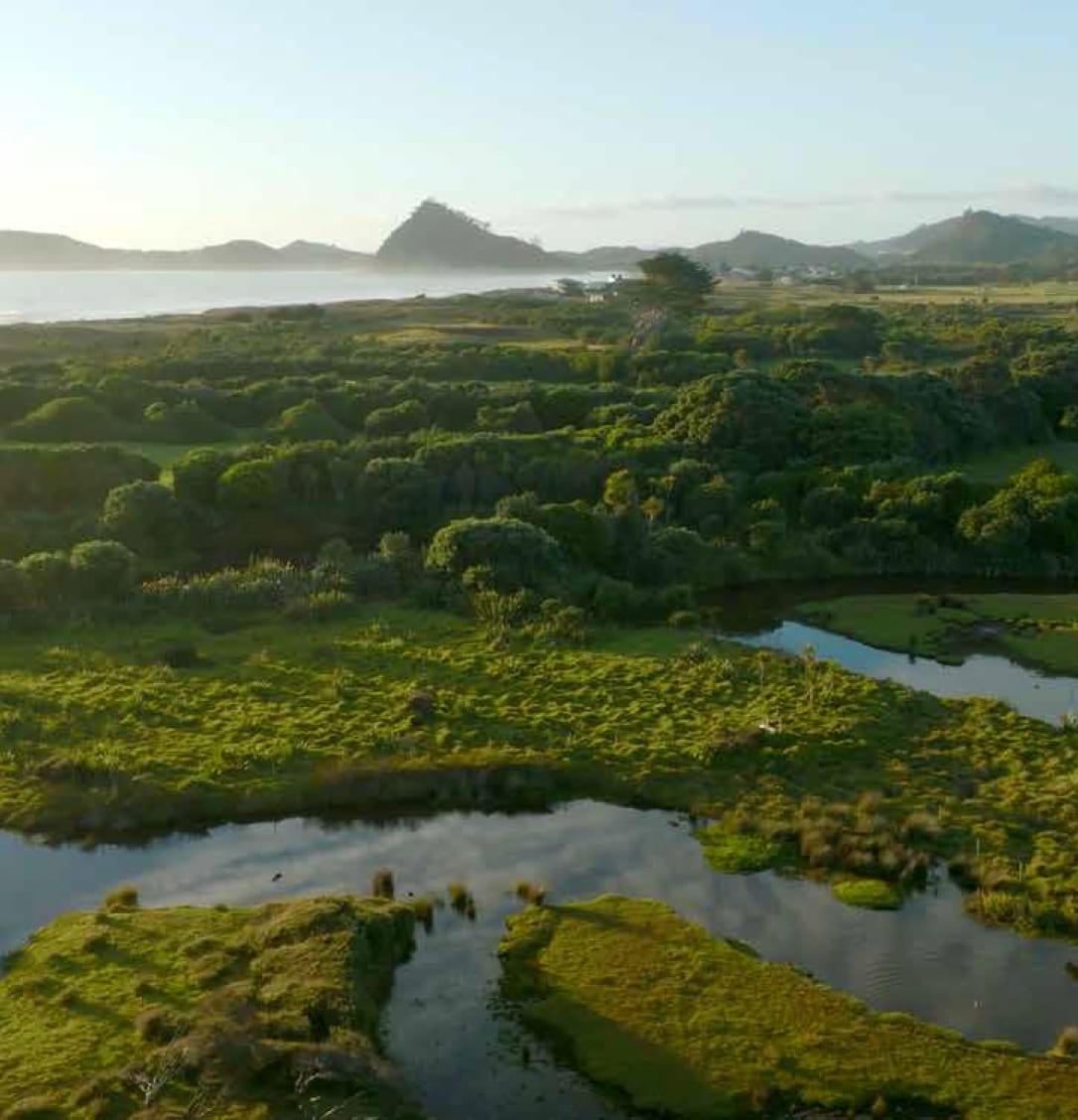The ‘bio value’ (BVI®) of a plant species indicates its value to restoring ecosystems. Birds play a pivotal role as seed distributors, a key ecosystem function. They act as primary and are the architects of these ecosystems by transporting seeds around the landscape, so the BVI® is especially weighted towards the attractiveness of a plant species to birds.
Identifying species through tools like the BVI® is one of the keys to the success of the strategic restoration. It is a practical and repeatable methodology that guides the decision-making helping to determine what to plant, where to plant it and the underlying rationale for these choices; What constitutes ‘right’ will differ from place to place, whether in Aotearoa, New Zealand or globally.
This critical information can then be integrated with drone and satellite data, EDNA, DNA, and acoustic recordings alongside traditional grid carbon models; to offer a glimpse into the future of forestry.
The BVI® specifically includes pine as a point of comparison. This is because Pinus radiata is the countries most planted species and currently monopolises a staggering 90% of New Zealand’s carbon market.
This comparison also extends to carbon sequestration, where carbon is absorbed into the new growth of trees. Native trees grow slowly but live longer lives – hence they are very carbon-dense. Pine trees sequester carbon quickly because of the speed of their growth. However, this gradually trails off due to low wood density and its decomposition process. This is why we included longevity as a measure within the BVI®.
Decomposition is also vital for the carbon cycle. Decomposing trees releases carbon, both into the atmosphere and into the soil. Soil acts as a natural reservoir for natural, long-term carbon retention, facilitated by microbes, fungi, and soil structure while enhancing soil health. High carbon density trees, upon decomposing naturally, exhibit a unique trait: because they are carbon-dense, their gradual decay retains a significant portion of carbon within the soil.
Native species in Aotearoa New Zealand have evolved in isolation for millennia, adapting to the local environment. With 80% endemic to NZ, they develop diverse, extensive, intricate, and interconnected root systems crucial to the health and resilience of an entire ecosystem. These roots play a pivotal role in moisture retention, soil enrichment, and providing support for a diverse range of organisms so the dynamics of diversity and unseen alliances below ground all play a vital role as an extension of their BVI® value.
















